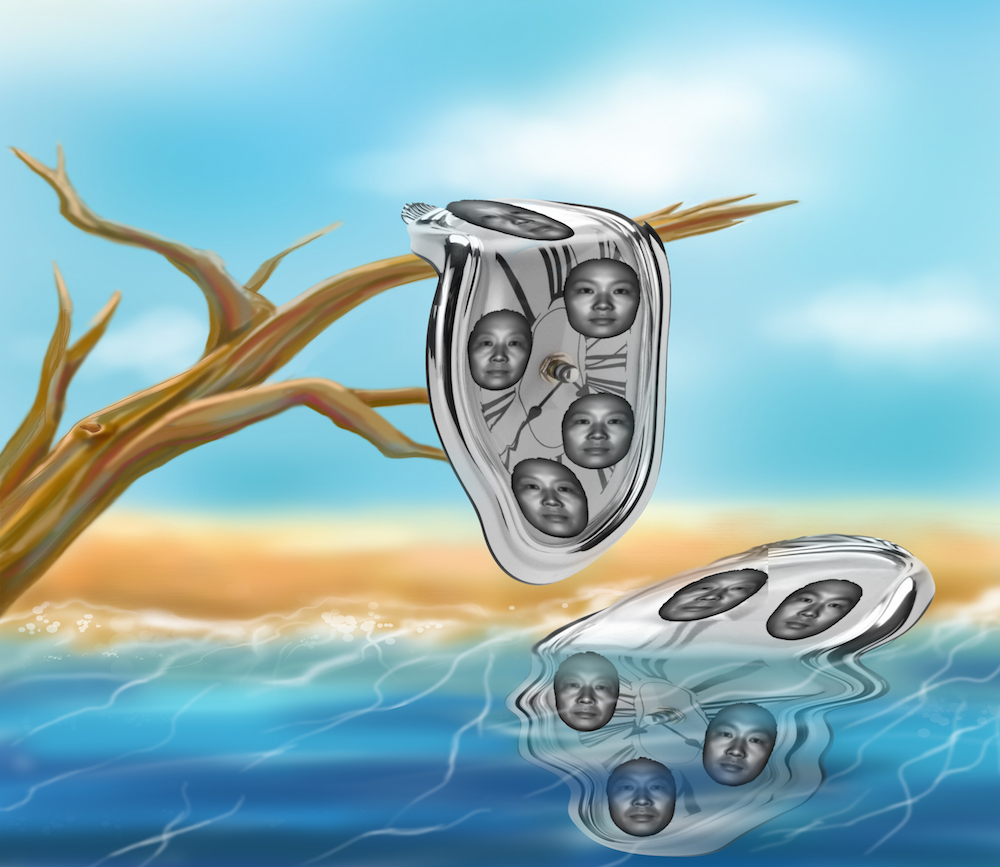Guess Your Age? 3D Facial Scan Beats Doctor's Exam

It's no secret that most people accumulate wrinkles on their faces as they age. But now, a 3D analysis of those wrinkles and other signs of aging could reveal a person's age based on only an image of his or her face, a new study finds.
The researchers also found that levels of several biological markers in people's blood are associated with the markers of aging that appear on people's faces. For instance, women with older-looking faces tend to have higher levels of "bad" cholesterol, the researchers found.
"3D facial images can really tell your biological age," said the study's senior researcher Jing-Dong Han, a professor of computational biology at the Chinese Academy of Sciences and the Max Planck Partner Institute in Shanghai. "It's really more accurate than a physical exam." [8 Tips for Healthy Aging]
In the study, the researchers used a special camera, called the 3dMDface System, to take 3D facial scans of 332 Chinese people. The scientists also collected blood samples from the participants, who ranged in age from 17 to 77 years old.
An analysis of the 3D scans revealed several patterns: As a person grows older, the mouth grows longer, the nose becomes wider, the forehead narrows, and the distances between the mouth and nose increases, the researchers found. The corners of the eyes also droop with age, likely because of gravity's relentless pull, the scientists said.
Moreover, young faces are smoother and thinner than old faces, while old faces have more sagging and fat accumulation and fuller cheeks than young faces, the researchers wrote in the study.
Modeling age
Get the world’s most fascinating discoveries delivered straight to your inbox.
The researchers created a mathematical model to calculate each person's age based on the 3D scans. Results showed that people younger than 40 can look up to six years younger or six years older than their actual ages, based on their facial features. So, people who are 30 years old might look as young as 24 or as old as 36.
Variation increased in people older than age 40, meaning that some people looked much younger, whereas others looked much older, making it harder to determine their true ages, the researchers said.
This new model could help identify which people are aging physiologically faster, or slower, than their chronological age suggests, the researchers said.
It may also help doctors tailor treatments for individuals, Han said. For example, fast agers, meaning the people who have reached physiological ages that are older than their chronological ages, could perhaps receive treatment more suited for older people, she said. (For example, older people with cancer usually receive smaller doses of chemotherapy than younger people do, she said.)
The biological indicators in the participants' blood samples also showed age correlations with people's faces. Women with older-looking faces tended to have higher levels of "bad" cholesterol. In men, those with older-aged faces tended to have lower levels of albumin, a protein found in blood plasma.
Moreover, high levels of "good" cholesterol and albumin were associated with reduced fullness in the cheeks and the regions below the eyes in both men and women, the researchers said.
"But so far I don't know if this is causal or a mere correlation," Han said of the blood biomarker results.
Still, the new model shows that 3D facial imaging is a better predictor of a person's true age than current blood profiles, Han said.
The results are likely to vary among people of different ethnicities, however, said Dr. Jean Carruthers, a clinical professor of ophthalmology, who specializes in facial cosmetic surgery at the University of British Columbia in Vancouver, who was not involved in the study.
"I liked their concepts of slow and faster agers, but more work will be needed to correlate the future health of these subjects with their facial parameters over a period of time," Carruthers told Live Science.
Han agreed, and said that she has collaborators in the United States who are interested in collecting American samples. In the future, Han and her colleagues may also look at other biomarkers, such as microRNA expression, and see whether they are tied to aging.
The study was published online today (March 31) in the Nature journal Cell Research.
Follow Laura Geggel on Twitter @LauraGeggel. Follow Live Science @livescience, Facebook & Google+. Original article on Live Science.

Laura is the managing editor at Live Science. She also runs the archaeology section and the Life's Little Mysteries series. Her work has appeared in The New York Times, Scholastic, Popular Science and Spectrum, a site on autism research. She has won multiple awards from the Society of Professional Journalists and the Washington Newspaper Publishers Association for her reporting at a weekly newspaper near Seattle. Laura holds a bachelor's degree in English literature and psychology from Washington University in St. Louis and a master's degree in science writing from NYU.
